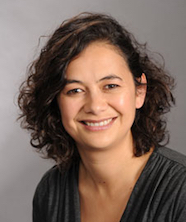Dr Lisa Te Morenga, a member of the Edgar Diabetes and Obesity Research Centre (EDOR), and nutrition expert at the University of Otago, has commented on the call by Consumer NZ and the Dental Association for manufacturers to show the amount of added sugar in food and drinks.
Consumer NZ and the New Zealand Dental Association are requesting better labelling of products, so that the public is aware how much added sugar is in each item. Currently the World Health Organization guidelines recommend limiting added sugar intake to no more than six teaspoons per day for adults, or three teaspoons for children. But if consumers are not able to tell how much added sugar is in each product, this guideline is difficult to achieve.
Dr Te Morenga thinks that labelling added or free sugars is an excellent thing to do. "Sugars that are added to foods and drinks as a sweetener just add calories," she said. In contrast to added sugar, the natural sugars found in fruits and vegetables are more slowly digested due to their fibre content.
Read more about the added sugar debate
- Consumer NZ and the Dental Association call for mandatory sugar labelling, 24 November, 2017
- Supermarkets making inroads to sugar, 30 November, 2017
Further information
- Join Lisa Te Morenga at the supermarket to look for hidden sugar, 14 August, 2014
- What are the WHO recommendations telling us about sugar? 11 July, 2014
- The fuss about sugar, 24 June, 2014
